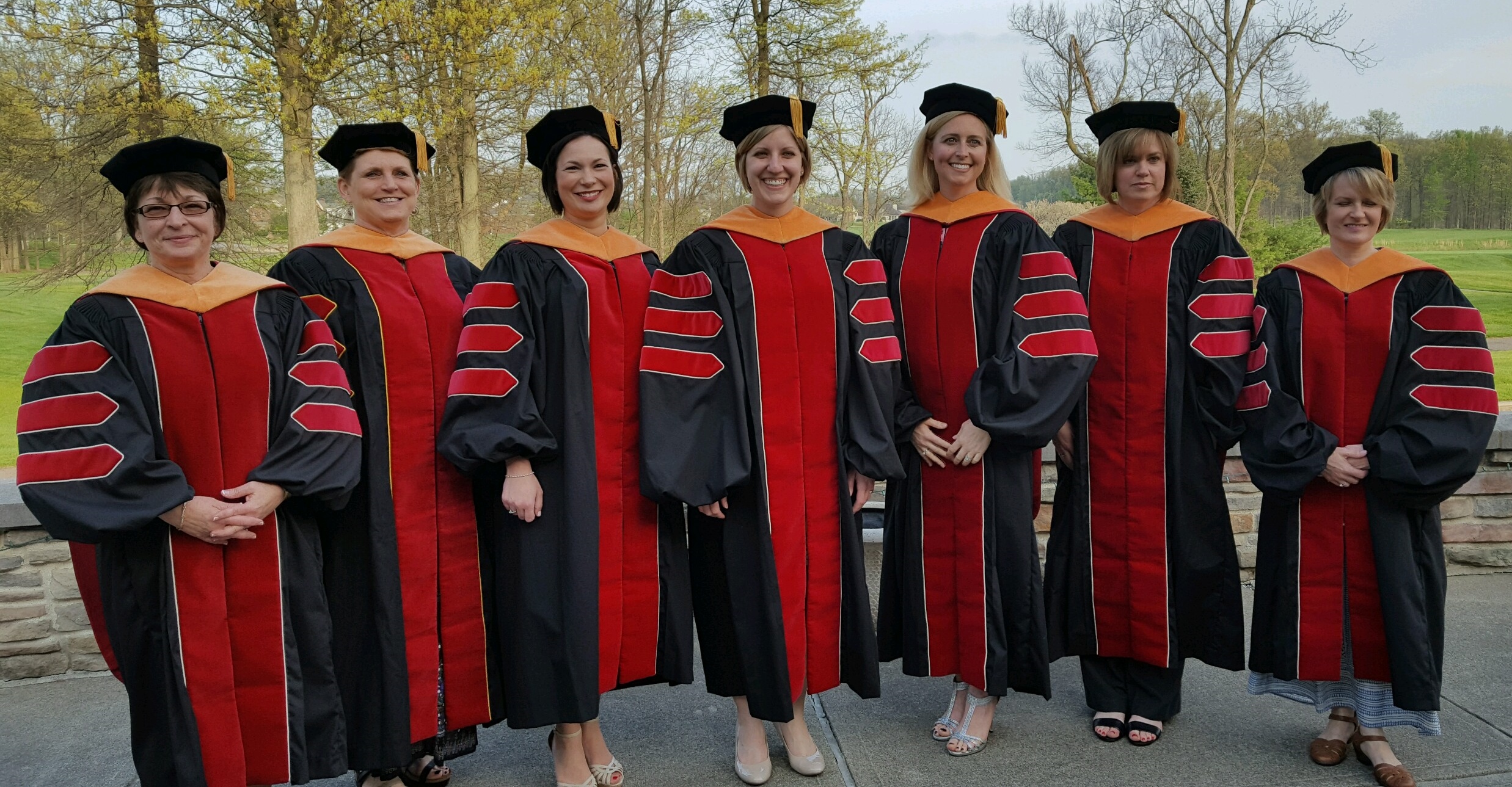Date of Award
Spring 4-14-2022
Document Type
Paper
Degree Name
Doctor of Nursing Practice (DNP)
Department
Nursing
Advisor
Dr. Kacy Ballard
First Committee Member
Dr. Brian Garrett
Second Committee Member
Melissa Hartman
Third Committee Member
Cheche Campbell
Keywords
Music, Pain, Non-Pharmacologic, Post-Anesthesia Care Unit, SWOT Analysis, Plan-Do-Check-Act
Subject Categories
Medicine and Health Sciences
Abstract
Background: As many as 65% of post-surgical patients experience moderate to severe pain. Post-surgical pain is associated with a variety of negative physical and psychological consequences for patients. Currently, medical treatments for postoperative pain rely heavily on pharmaceuticals which can cause adverse side effects. Opioid analgesics, most notably, cause hypoventilation, apnea, and in some cases, dependence and addiction. In 2017, in response to state and national opioid prescription reduction programs, The Joint Commission (TJC) began requiring healthcare institutions to provide patients with non-pharmacologic pain treatment modalities. These pain treatment modalities, also known as complementary therapies, include music listening interventions, which have been shown to safely decrease pain in postoperative patients. The analgesic benefits of music have been measured in numerous controlled trials and meta-analyses.
Problem: The culmination of over 30 stakeholder reports and direct observations by the project team revealed that a midwestern level-1 trauma medical center has been unable to meet TJC’s requirement to provide postoperative patients with the required non-pharmacologic pain therapies. This inspired a policy search at the healthcare facility of interest which revealed that no policy currently exists that dictates the provision of non-pharmacologic complementary therapy to patients.
Purpose: The ultimate purpose of this project is to identify, adapt, and recommend an evidence-based clinical practice guideline for a postoperative music listening intervention to meet TJC’s requirement for the provision of non-pharmacologic pain treatment modalities at the healthcare facility of interest. Project leaders gathered valuable data and developed recommendations for the leadership groups which have the authority to mitigate, monitor, and sustain non-pharmacological modalities such as music listening at the healthcare facility of interest.
Methods: The following objectives and methods are framed using the Plan-Do-Check-Act (PDCA) cycle, also known as the Deming cycle. 1) The project team has reviewed and synthesized evidence from the literature, hospital policy, and TJC accreditation requirements for hospitals to aid in the identification of a guideline for non-pharmacologic complementary pain therapy for patients. The planning phase also included a SWOT analysis discussion with stakeholders and personnel directly caring for patients in the PACU. 2) Members of the project team identified and modified an evidence-based clinical practice guideline from current literature incorporating feedback from the SWOT analysis for future proposal to the healthcare facility of interest. 3) The project team then collaborated with and incorporated feedback on proposed clinical practice guideline from preoperative and PACU leadership, nurses, and other stakeholders involved in the care of postoperative patients. 4) Lastly, the project team presented project findings and the modified evidence-based guideline recommendations to key stakeholders.
Implications: This scholarly project can serve as a beginning point towards improving post-surgical patient pain and the medical center’s compliance with TJC requirement for healthcare facilities to provide non-pharmacologic pain treatment modalities by recommending an evidence-based clinical practice guideline for a music listening intervention in the PACU. This project is significant because it can assist the healthcare facility of interest in complying with TJC requirements. The findings of the scholarly project can also assist other departments within the healthcare system in implementing non-pharmacological pain therapy, specifically music listening interventions.
Licensing Permission
Copyright, all rights reserved. Fair Use
Recommended Citation
Smith, Alec; Lawler, Sean; and Griffith, Joel, "Proposal of a Clinical Practice Guideline for a Non-Pharmacologic Music Listening Complementary Pain Therapy" (2022). Doctor of Nursing Practice Scholarly Projects. 69.
https://digitalcommons.otterbein.edu/stu_doc/69

